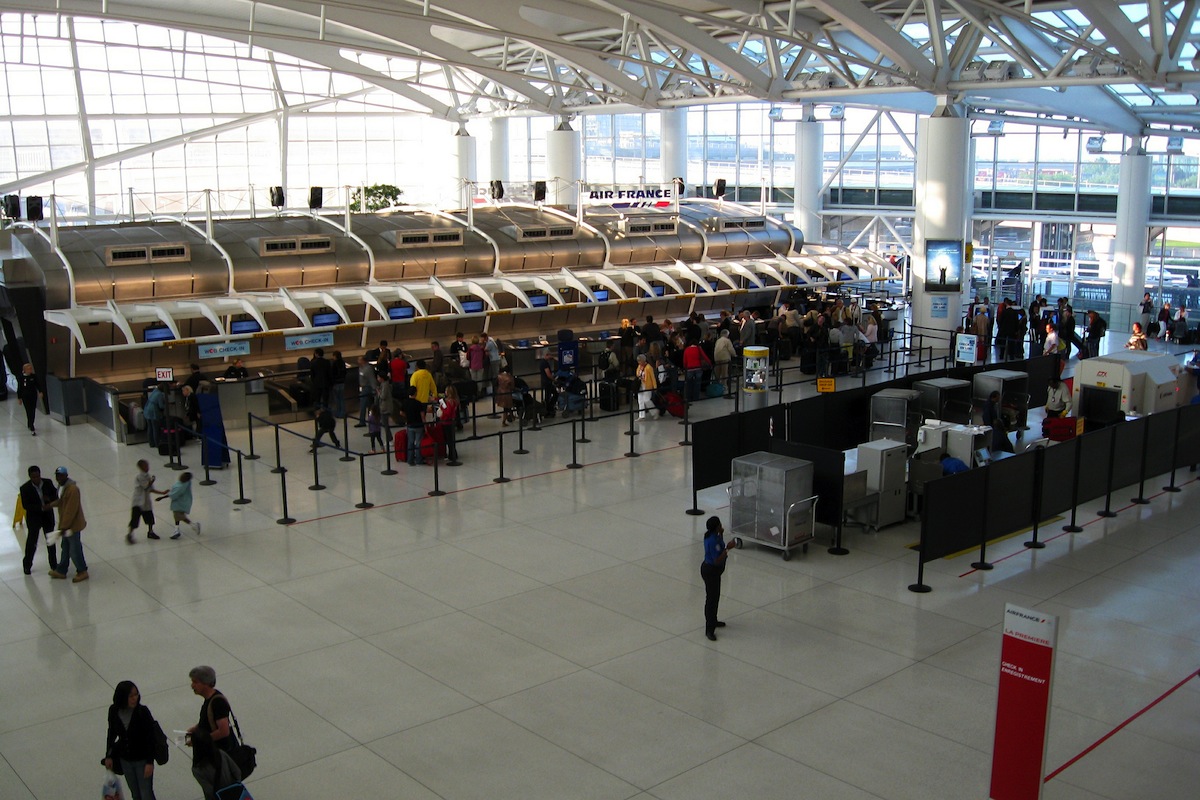As air travel becomes more competitive, airports are seeking reconnaissance about their passengers’ satisfaction levels. Some revealing research has been released in recent months. Here’s a sampling:
• In the midst of a $1 billion renovation and modernization, Tampa International Airport has been surveying thousands of customers about the impact of construction on their flying experience. Surprisingly few have complained.
When passengers log onto the airport’s free WiFi service, they are asked to fill out online questionnaires about the construction. According to a news story posted on the Tampa Bay Times|Tampa Tribune’s website in late June, the survey generates about 1,000 responses a day.
When the airport started doing roadway work, 60% of those surveyed said they noticed it, but only 2.7% said they were “impacted.” When the airport shut down one train to two airsides, only 1.7% said they were negatively impacted.
The airport has also stationed 22 customer service reps around its main terminal to help travelers find where they’re going if detours are necessary.
• Travel Leaders Group, the country’s largest travel agency company, recently polled nearly 3,400 Americans about their attitudes toward airport security. Among the respondents, 88.4% said they were either “satisfied” with or “neutral” about the state of security, up from 87.5% last year.
TSA Pre-Check may have something to do with these positive attitudes. When asked if they had experienced expedited screening at an airport in the previous 12 months, 53.1% answered affirmatively, compared to 60% who said no in 2014. About one-seventh of respondents (14.4%) said they use TSA Pre-Check “all the time,” versus 7.6% in 2014. And 26.1% say it reduced waiting times for screening, versus 17.6% in 2014.
• Architectural/engineering firm HNTB conducted a national air travel survey last November to gauge how passengers think technology might affect their travel experience. Nearly half (46%) of the 1,031 respondents said they expect advancements in security and technology over the next 5-10 years would alter how quickly they got through airports. Another 41% would like to see luggage with GPS-enabled tags for tracking purposes, while 32% want the ability to tag their bags themselves. Three of 10 respondents are looking forward to mobile apps that would allow them to pre-order in-flight food or drinks.
• In its 2015 Airline IT Trends Survey, SITA, a communications systems provider, found that 86% of airline carriers expect the Internet of Things to deliver benefits within the next three years, and 37% are budgeting with that in mind, with investments targeting check-in, bag drop, and luggage retrieval.
But so-called beacon technology, which uses sensors to track consumer actions, hasn’t caught on yet in the aviation sector. The SITA survey found that only 9% of airlines are using or testing beacons, although 44% plan to use beacons at bag drop areas, and 43% at baggage claim corrals.
The poll also found that 94% of airlines surveyed are investing in business intelligence. Another 74% are planning major investment programs by 2018.
Related Stories
Mass Timber | May 8, 2024
Portland's Timberview VIII mass timber multifamily development will offer more than 100 affordable units
An eight-story, 72,000-sf mass timber apartment building in Portland, Ore., topped out this winter and will soon offer over 100 affordable units. The structure is the tallest affordable housing mass timber building and the first Type IV-C affordable housing building in the city.
Architects | May 8, 2024
Ivan O’Garro, AIA joins LEO A DALY as a vice president
Integrated design firm LEO A DALY welcomes Ivan O’Garro, AIA, as a vice president and managing principal of its Atlanta studio.
K-12 Schools | May 7, 2024
World's first K-12 school to achieve both LEED for Schools Platinum and WELL Platinum
A new K-12 school in Washington, D.C., is the first school in the world to achieve both LEED for Schools Platinum and WELL Platinum, according to its architect, Perkins Eastman. The John Lewis Elementary School is also the first school in the District of Columbia designed to achieve net-zero energy (NZE).
Healthcare Facilities | May 6, 2024
Hospital construction costs for 2024
Data from Gordian breaks down the average cost per square foot for a three-story hospital across 10 U.S. cities.
Biophilic Design | May 6, 2024
The benefits of biophilic design in the built environment
Biophilic design in the built environment supports the health and wellbeing of individuals, as they spend most of their time indoors.
MFPRO+ Special Reports | May 6, 2024
Top 10 trends in affordable housing
Among affordable housing developers today, there’s one commonality tying projects together: uncertainty. AEC firms share their latest insights and philosophies on the future of affordable housing in BD+C's 2023 Multifamily Annual Report.
Retail Centers | May 3, 2024
Outside Las Vegas, two unused office buildings will be turned into an open-air retail development
In Henderson, Nev., a city roughly 15 miles southeast of Las Vegas, 100,000 sf of unused office space will be turned into an open-air retail development called The Cliff. The $30 million adaptive reuse development will convert the site’s two office buildings into a destination for retail stores, chef-driven restaurants, and community entertainment.
Codes and Standards | May 3, 2024
New York City considering bill to prevent building collapses
The New York City Council is considering a proposed law with the goal of preventing building collapses. The Billingsley Structural Integrity Act is a response to the collapse of 1915 Billingsley Terrace in the Bronx last December.
Architects | May 2, 2024
Emerging considerations in inclusive design
Design elements that consider a diverse population of users make lives better. When it comes to wayfinding, some factors will remain consistent—including accessibility and legibility.
K-12 Schools | Apr 30, 2024
Fully electric Oregon elementary school aims for resilience with microgrid design
The River Grove Elementary School in Oregon was designed for net-zero carbon and resiliency to seismic events, storms, and wildfire. The roughly 82,000-sf school in a Portland suburb will feature a microgrid—a small-scale power grid that operates independently from the area’s electric grid.

















